Can the bowl and other parts of the multicooker be washed in the dishwasher and how to do it correctly?
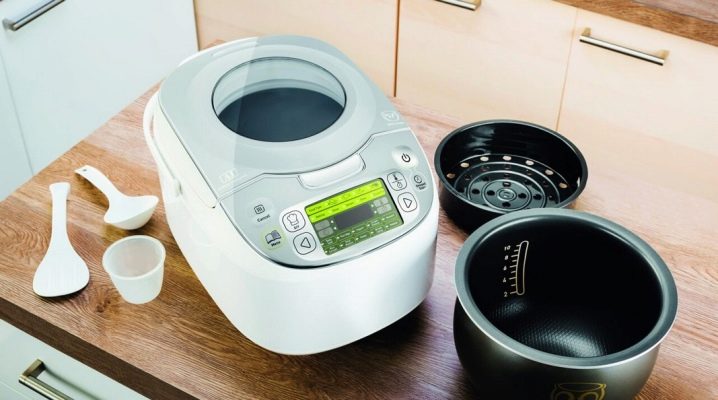
Dishwashers allow you to wash many things, not just dishes like car rugs. At the same time, there is a significant list of what to put into the car is strictly prohibited, so as not to spoil it. It also includes bowls from multicooker.
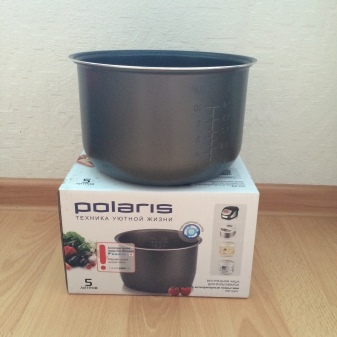
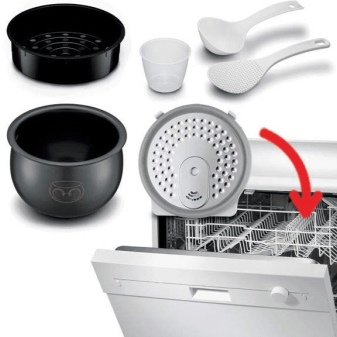
Consequences of using a dishwasher
Not all parts of a multicooker are dishwasher safe. Some materials do not tolerate high temperatures and specific detergents for such machines (powder and salt).
Most often, the question concerns the bowls from the multicooker, since it is in them that food is prepared, and therefore they are the dirtiest. The thinnest point is the non-stick coating. Usually it is Teflon or ceramic.
Teflon is extremely sensitive to abrasive substances and high temperatures. It is easy to damage it. If a bowl with such a coating is washed in a dishwasher, then it completely peels off after 2-3 cycles.
Stronger ceramics. It is enough for up to 10 cycles in the PMM, but chips and cracks form on the surface.
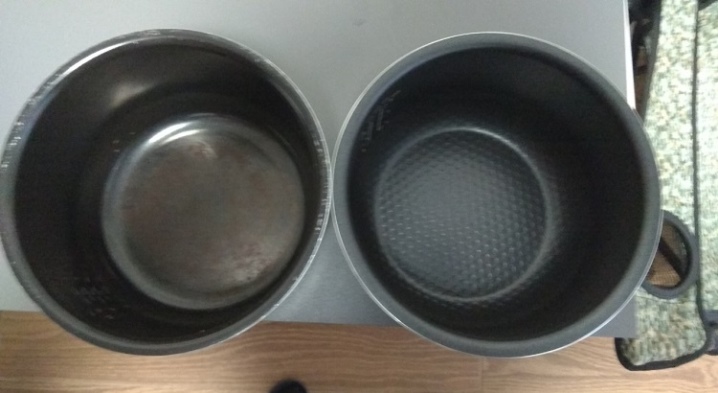
Breaking the non-stick coating causes the food in the bowl to burn. Moreover, the alloy of the cookware is exposed. If it is made of aluminum, then the metal begins to oxidize, turn black, and plaque - to stain everything around, including the food being cooked. The outside of the bowl also begins to cloud. The stainless steel alloy is less sensitive, but will also darken and cloud over time.
A spoiled bowl, of course, can be replaced, ordered from the manufacturer, but the total cost is often comparable to the price of the entire multicooker. Therefore, it is recommended to clean it by hand with a mild dish detergent. We also recommend hand washing the cover, valves, gasket and steam trap.

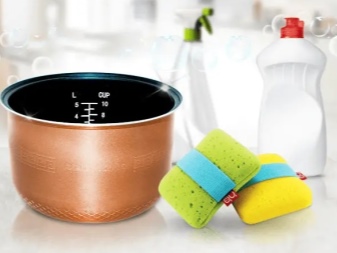
The rest of the kit can be washed in the dishwasher. These include:
-
steaming inserts;
-
deep fryer and similar nets;
-
glasses for making yoghurt;
-
shoulder blades;
-
measuring cup and spoons;
-
removable plates and rings made of silicone and plastic.
It is important to note that it is recommended to choose a gentle mode and a water temperature of no more than 45 degrees Celsius. This is due to the fact that thin plastic can be deformed from high temperatures, and some silicone parts can deteriorate. It is better to use a gel as a cleanser.

Rules for washing bowls by brand
Each brand has its own instructions for the care of the multicooker. It is usually forbidden to wash the bowl in the dishwasher, but progress does not stand still. Manufacturers are beginning to think about releasing models that can be washed in PMM.
-
Philips. Basically, teflon-coated bowls are produced, so the instructions strictly prescribe a ban on cleaning in dishwashers.

- Moulinex. The ban also applies here. Otherwise, the bowl not only loses its non-stick coating, but also becomes cloudy.
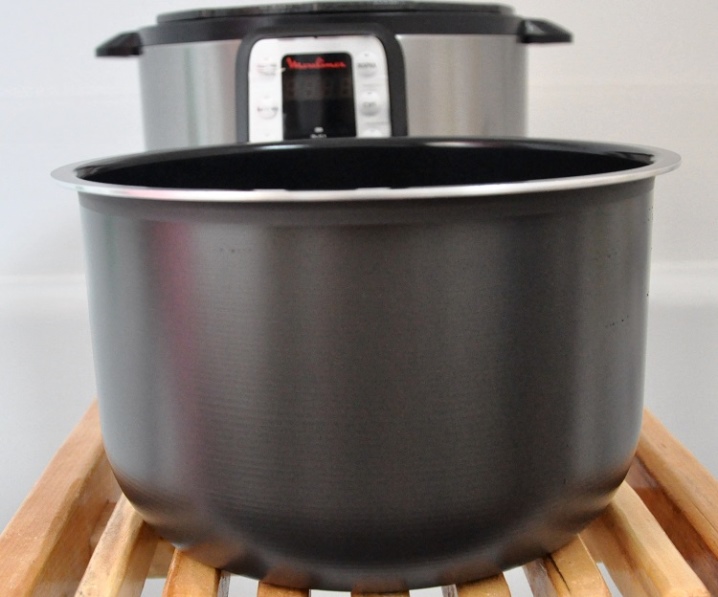
- Bork. The manufacturer allows the use of PMM if these are the latest generation multicooker models with a ceramic coating. But even in this case, a sparing regime is shown. But the old models are strictly prohibited.
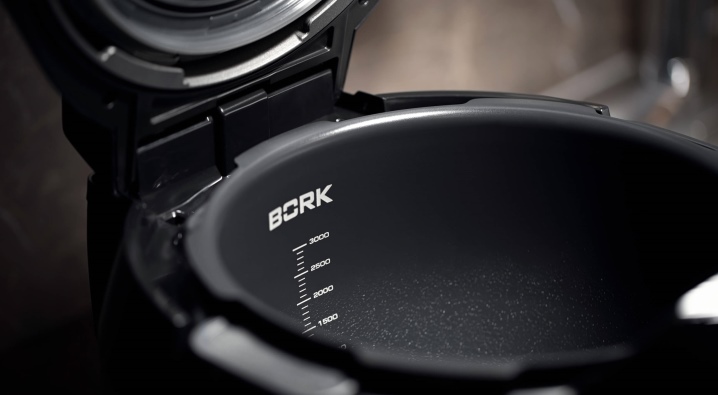
- Panasonic. It is also recommended to look at the instructions here. Although many users note the safety of washing the pan in the dishwasher, nevertheless, it is better not to risk it and wash it by hand.

- Redmond. A budget brand that uses inexpensive materials for production.Here, you cannot wash in the PMM not only the bowl, but also the rest of the parts, for example, the lid.
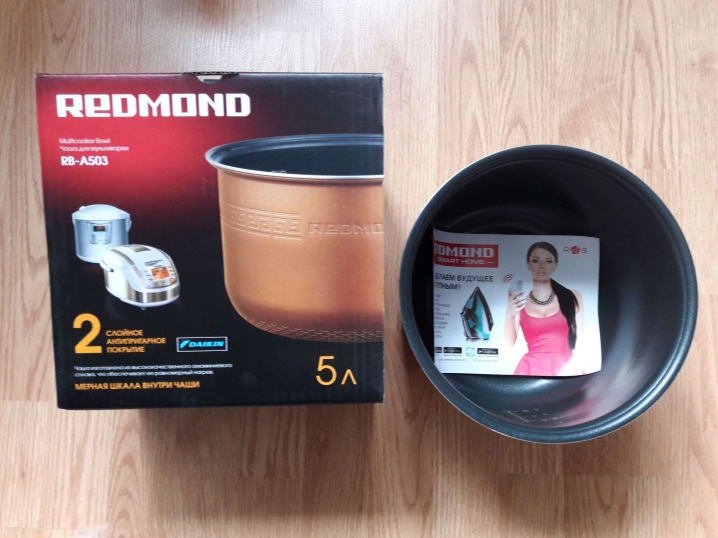
- Polaris. Another popular inexpensive brand. It is also not worth experimenting here, especially since tablets and powders for dishwashers are especially poorly tolerated by multicooker components.
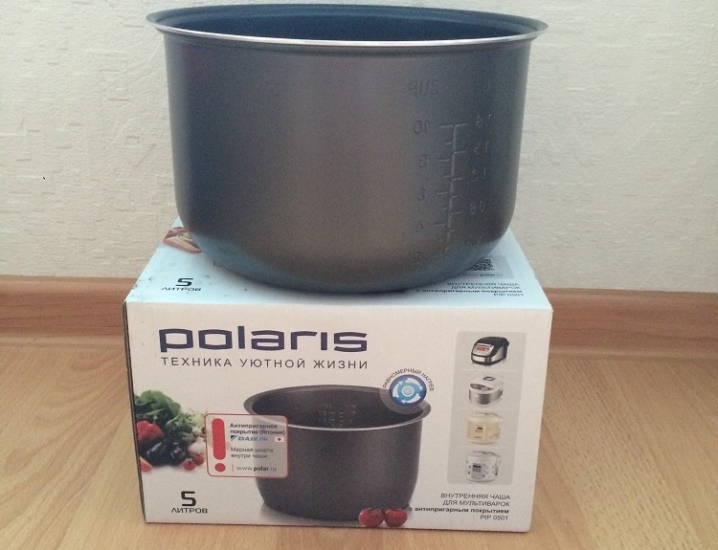
In any case, regardless of the manufacturer's brand, it is imperative to study the instructions. And to increase the service life, manual washing is still recommended.
How do I clean the surface by hand?
To clean quickly and easily, it is recommended to wash the multicooker immediately after use. An exception for the bowl. It must be allowed to cool, since the non-stick coating is very sensitive to temperature extremes. All parts are washed separately.
Wash the bowl, spatulas, measuring dishes and removable plastic and silicone parts with ordinary dish detergent, sponge, soft cloth or rags. Do not use acidic, alkaline or abrasive cleaners. And also the use of brushes and iron sponges is prohibited.
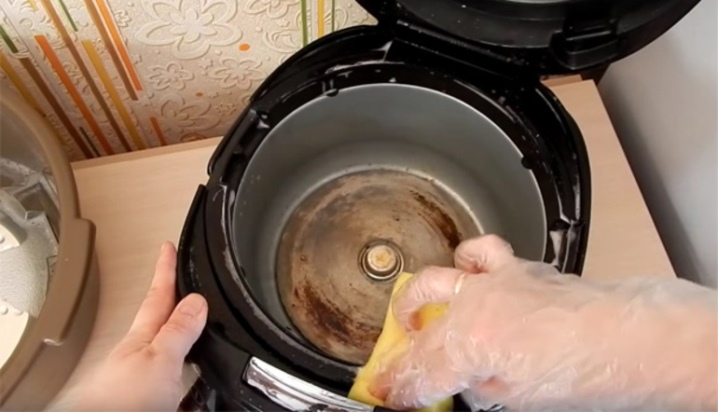
If food leftovers are dry, it is better to soak the dishes in warm water for half an hour, and repeat if necessary, but do not rub. If you scratch the bowl, food will stick to the bottom and burn, especially porridge.
The steam valve must be disassembled and flushed once a week. If it gets clogged, then immediately, otherwise the equipment may break. For washing, you can use dish detergent or other grease-corrosive substance. If the valve is clean enough, you can simply rinse it in warm water.
It is advisable to wash the condensate collector with warm water without detergents. But if it's oily, you can also use dishwashing detergent.
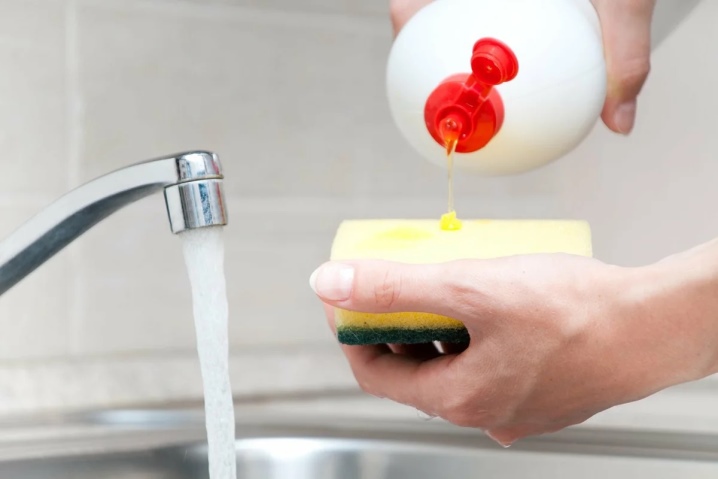
The heating plate must always be clean and dry. If food particles get on it, then carbon deposits appear. For cleaning, it is enough to wipe it with a damp cloth, but make sure that no water flows into it. If necessary, you can use a soda solution. Then wipe dry thoroughly.
The body of the multicooker itself must also be wiped both inside and out. To do this, also use slightly damp wipes.
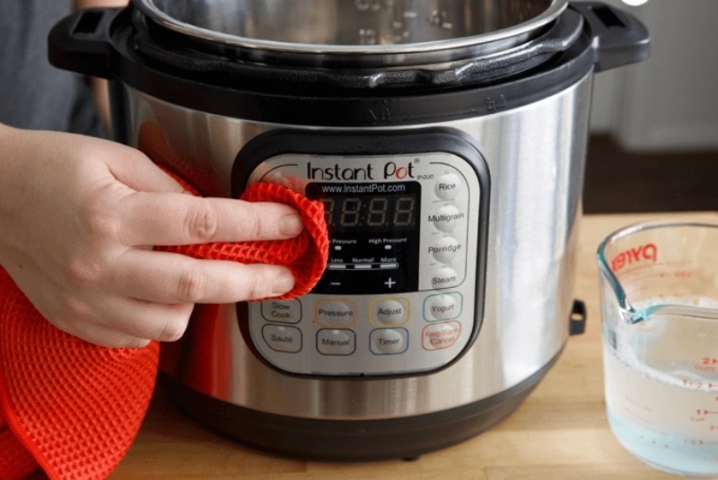
It is important to note that you cannot immediately assemble a multicooker. All parts must be allowed to dry well. Otherwise, a musty odor and even mildew may develop.













The comment was sent successfully.